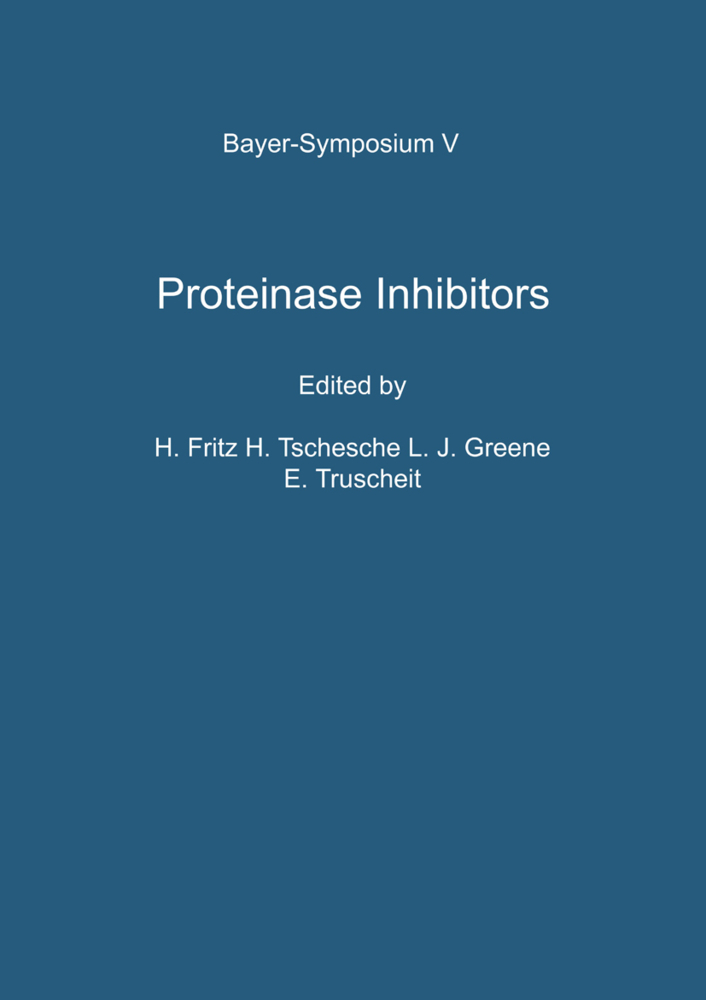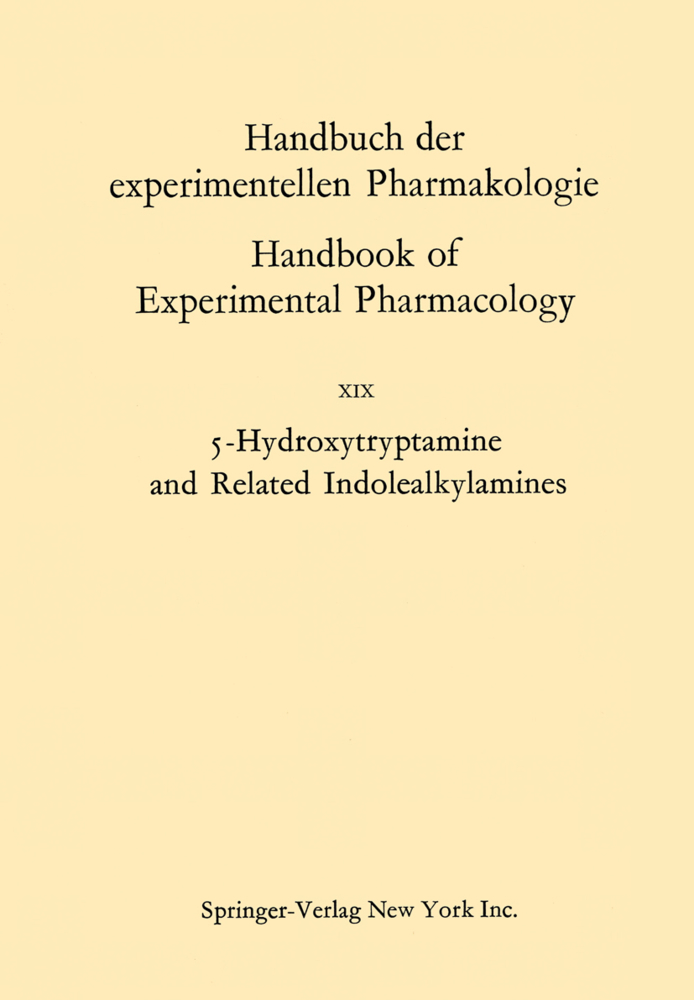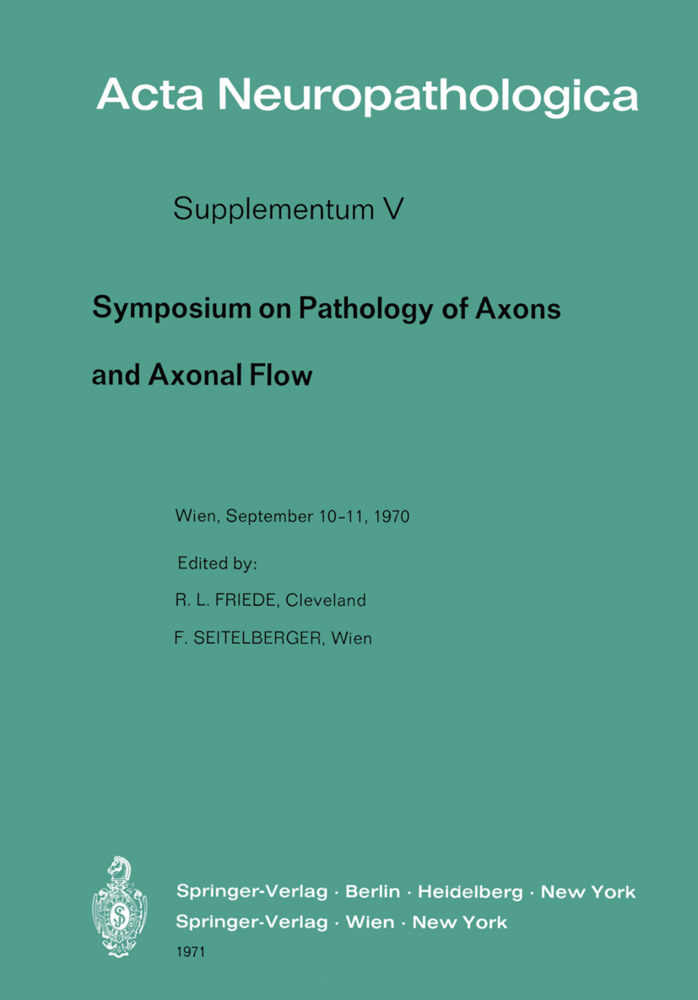Polycyclic Hydrocarbons
Volume 1
Polycyclic Hydrocarbons
Volume 1
Polycyclic hydrocarbons are of interest in many fields of science: theoretical chemistry, physical chemistry, organic chemistry, dyestuff chemistry and biology. With regard to the latter, I am indebted to Dr. Regina Schoental of the Medical Research Council for the review in this present work of carcinogenesis by polycyclic hydrocarbons. This book is designed to present the facts in a simple and clear order and to derive empirical rules from them, but it does not present a com prehensive theory about polycyclic hydrocarbons. An attempt is made instead to extend classical symbolism into modern structural chemistry. Thus extensive use is made of Robinson's aromatic sextet, which is applied in an uncompromising and strict way. This quasi-classical attempt is encouraged further by such completely unexpected dis coveries as those of Dewar benzene and of the electronic asymmetry of formally symmetric hydrocarbons. How difficult it is to break away from any established way of thinking has been admirably expressed by Kekule ("Organische Chemie", 1861, Part 1, page 4, translated from the German): "All our ideas are based, to an extent much greater than we ordinarily believe, on those of our predecessors. Our accumulated experience, the notions of which our training has accustomed us to, of whatever kind they have been, influence the course of our thoughts far more than we are willing to admit; only too frequently the following of our regularly used, well trodden way of thinking leads us to overlook the simplest of correlations.
Carbon Atoms, p-Electrons and Hybridization
The C=C Double Bond and Conjugation in Butadiene
Theories about the Aromatic Bonds in Benzene
The Significance of Double Bonds and Kekulé Structures for the Stability of Aromatic Systems
The Aromatic Sextet and its Significance in Relation to the Stability of Aromatic Systems
The Annellation Principle
Asymmetric Annellation Effects
The Relation between ?-, ?- and ?-Bands, Phosphorescence Bands and the Reactive ?-State in Aromatic Hydrocarbons
The Ionization Potentials and the Electronic Levels of the Aromatic Sextet
The Tautomerism of Phenols
The Relation between Hydroquinols and Quinones
Magnetic Properties of Aromatic Hydrocarbons
The Electrical Conductivity of Aromatic Hydrocarbons
The C-C Bond Length in Polycyclic Hydrocarbons
Non-coplanar, Overcrowded Aromatic Hydrocarbons
The Possibility of Bond Fixation by Substitution
Carcinogenesis by Polycyclic Aromatic Hydrocarbons and by Certain Other Carcinogens
General Methods for the Preparation of Aromatic Hydrocarbons
kata-Annellated Hydrocarbons
Benzene
Hydrocarbons Containing up to Two Linearly Annellated Benzene Rings
Hydrocarbons Containing Three Linearly Annellated Benzene Rings
Hydrocarbons with Four Linearly Annellated Benzene Rings
Hydrocarbons with Five Linearly Annellated Rings
Hydrocarbons with Six Linearly Annellated Rings
Hydrocarbons with Seven Linearly Annellated Rings
Hydrocarbons with Eight and More Linearly Annellated Rings.
General
Nomenclature of Polycyclic HydrocarbonsCarbon Atoms, p-Electrons and Hybridization
The C=C Double Bond and Conjugation in Butadiene
Theories about the Aromatic Bonds in Benzene
The Significance of Double Bonds and Kekulé Structures for the Stability of Aromatic Systems
The Aromatic Sextet and its Significance in Relation to the Stability of Aromatic Systems
The Annellation Principle
Asymmetric Annellation Effects
The Relation between ?-, ?- and ?-Bands, Phosphorescence Bands and the Reactive ?-State in Aromatic Hydrocarbons
The Ionization Potentials and the Electronic Levels of the Aromatic Sextet
The Tautomerism of Phenols
The Relation between Hydroquinols and Quinones
Magnetic Properties of Aromatic Hydrocarbons
The Electrical Conductivity of Aromatic Hydrocarbons
The C-C Bond Length in Polycyclic Hydrocarbons
Non-coplanar, Overcrowded Aromatic Hydrocarbons
The Possibility of Bond Fixation by Substitution
Carcinogenesis by Polycyclic Aromatic Hydrocarbons and by Certain Other Carcinogens
General Methods for the Preparation of Aromatic Hydrocarbons
kata-Annellated Hydrocarbons
Benzene
Hydrocarbons Containing up to Two Linearly Annellated Benzene Rings
Hydrocarbons Containing Three Linearly Annellated Benzene Rings
Hydrocarbons with Four Linearly Annellated Benzene Rings
Hydrocarbons with Five Linearly Annellated Rings
Hydrocarbons with Six Linearly Annellated Rings
Hydrocarbons with Seven Linearly Annellated Rings
Hydrocarbons with Eight and More Linearly Annellated Rings.
| ISBN | 978-3-662-01667-1 |
|---|---|
| Artikelnummer | 9783662016671 |
| Medientyp | Buch |
| Auflage | Softcover reprint of the original 1st ed. 1964 |
| Copyrightjahr | 2013 |
| Verlag | Springer, Berlin |
| Umfang | XXVII, 487 Seiten |
| Abbildungen | XXVII, 487 p. 18 illus. |
| Sprache | Englisch |









